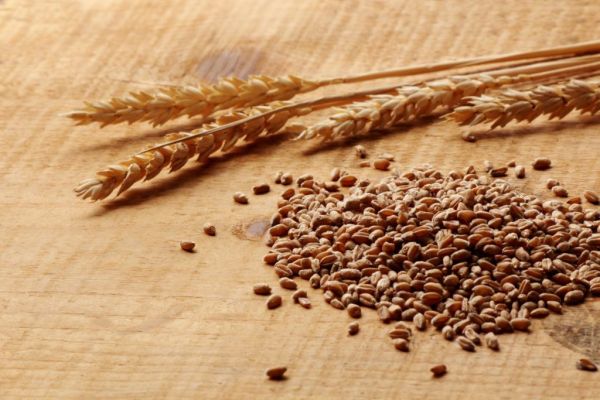A year after record deluges damaged the lentil crops in Canada, vegetarians across India are getting sticker shock for legumes they eat at almost every meal.
Stockpiles in Canada, the world’s biggest exporter, are down by half from a year earlier, government data show. At the same time, shipments to India, the top buyer, are headed to an all-time high after a dry spell reduced its domestic output. That’s boosted prices for all kinds of similar crops, including chickpeas and dried beans.
“We’re going to be sold out this year,” with supply remaining tight at least until the Canadian harvest starts in August, said Murad Al-Katib, chief executive officer of Regina, Saskatchewan-based AGT Food & Ingredients, the largest processor and exporter of dried peas and lentils.
Demand is growing for the high-protein legumes known as pulses. General Mills and Kraft Foods are adding them to breakfast cereals, energy bars and salty snacks as health-conscious consumers seek products with no gluten or genetically modified ingredients. AGT is expanding operations as sales surge 40 per cent this year.
Record rainfall last year in Saskatchewan, which produces almost all of the country’s lentils, reduced quality supplies by more than 15 per cent, Agriculture and Agri-Food Canada said. Output of all pulse crops tumbled 10 per cent.
“It was a difficult growing season,” said Morgan Nunweiler, who produced 20 per cent fewer lentils last year on 2,000 acres he farms in Rosetown, Saskatchewan. “Excess moisture led to higher disease, a lot of root rot, which both took away some yield and quality.”
On 31 March, domestic lentil stockpiles were 434,000 metric tons, down 54 per cent from a year earlier, and dry field peas fell 34 per cent to an seven-year low of 1 million tons, Statistics Canada said in a 6 May report. Lentil exports will reach a record 1.8 million tons by the end of July, and dry-pea shipments remain on a record pace, the government data show.
High prices probably encouraged farmers to expand planting of peas and lentils earlier this year, especially with wheat and canola prices down from last year.
“Lentils are not cheap, and the prices have gone up, but I can’t reduce my lentils intake,” said Chote Yadav, a 55-year-old Mumbai taxi driver who is a vegetarian. “It is my only source of protein.” He spends about 500 rupees ($7.81), the equivalent of a day’s wages, on a monthly ration of 8 kilograms of lentils for his family of four.
Bloomberg News, edited by ESM














